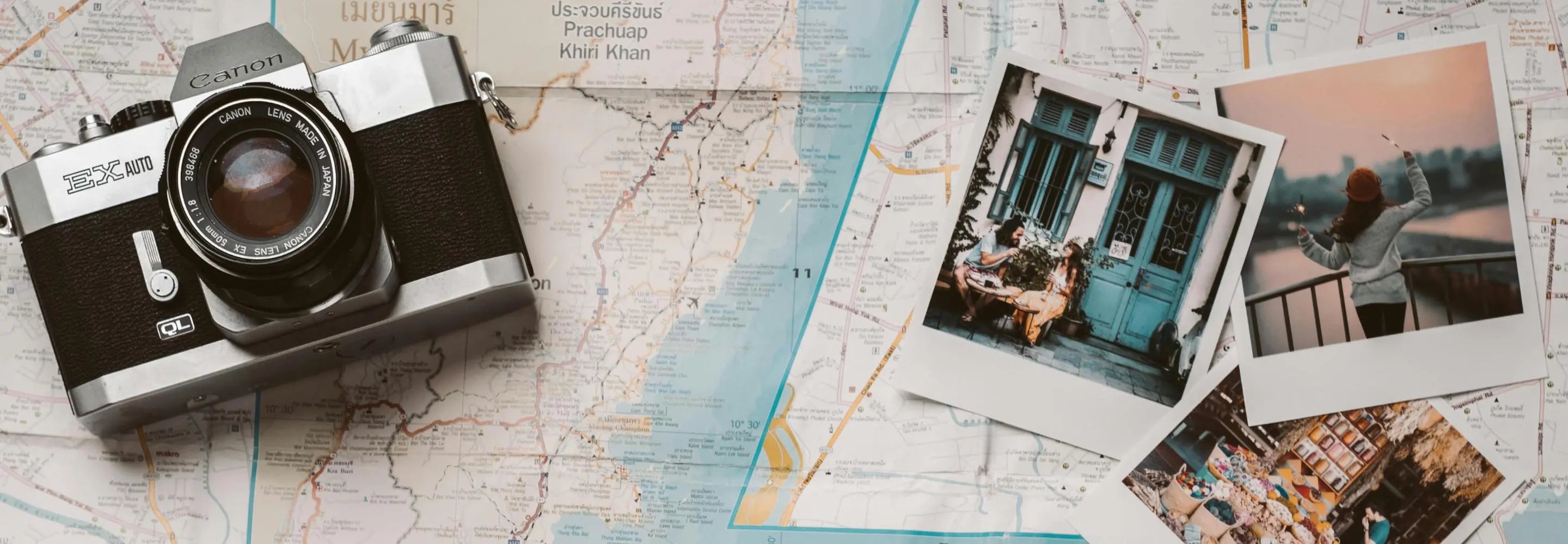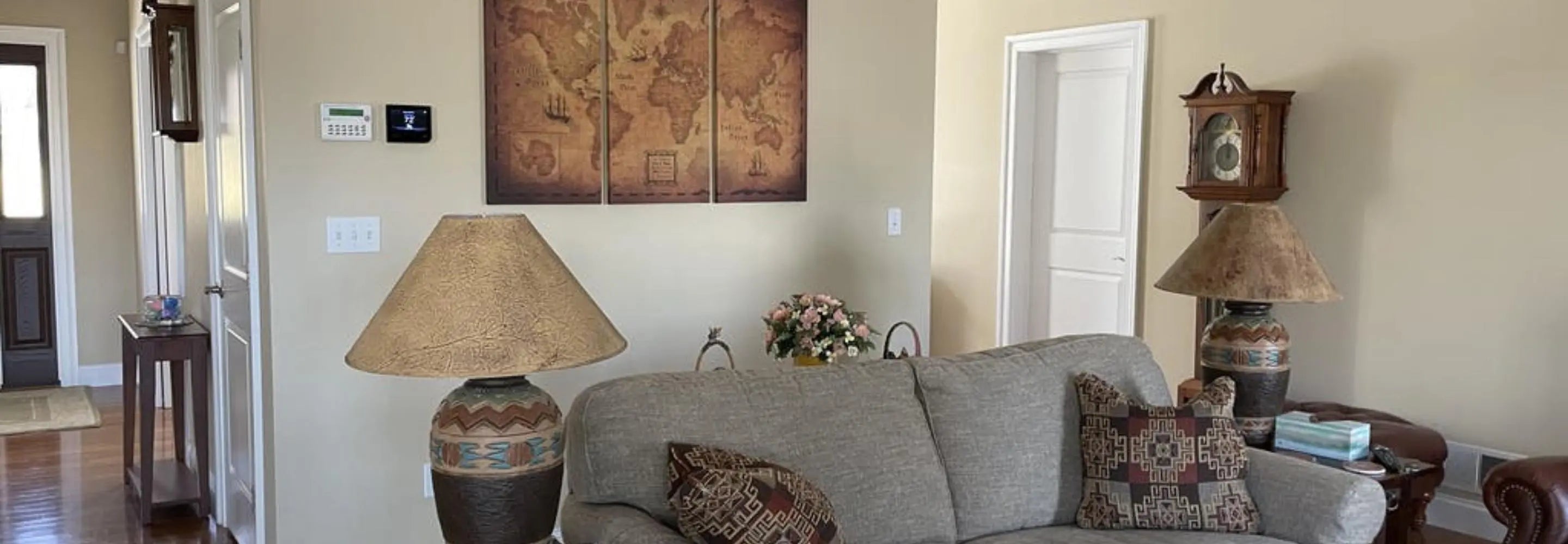Disclaimer: Dark tourism is a heavy subject. It involves traveling to places related to death and suffering. If you prefer a more light-hearted approach to your spooky season activities, you probably won’t want to learn about this.
Dark Tourism: What is it?
Dark tourism is the act of traveling to places linked to death, tragedy, or grief. The term also refers to sites associated with other negative events, like natural disasters and war crimes. It has roots in battlefield tourism, which began in the late 19th century as a way to honor those lost in war.
It has gained popularity in recent years as true crime podcasts and social media have given rise to online communities that are interested in the morbid and macabre.
Common destinations are war or disaster memorials, the scene of a tragedy, or a place where a famous person died.
There are many reasons why this genre of travel is popular with those of us interested in the darker side of humanity and history. Reasons people participate in dark tourism include:
- To seek closure from a tragic event.
- To find an understanding of how people in the past have dealt with death and suffering.
- To pay respect and commemorate the victims of the site.
- To come to terms with death.
Criticisms of Dark Tourism
Critics have called it everything from distasteful to disrespectful.
Some consider it to be unethical because the operators make money off of the suffering that happened there. They charge entry fees and often have on-site restaurants, gift shops, lodging, and tour guides.
While it might seem problematic, many of them need money for upkeep of the site and to preserve its history. A quick Google search can usually verify where the money goes.
The spread of misinformation that can arise from dark tourism is another concern. It happens for a few different reasons.
Some are politically motivated, like a country trying to avoid taking responsibility for the tragedy. Some are financially motivated, like tour guides exaggerating gruesome details of a crime to draw a larger crowd. Doing research in advance is important if we want to know the true history when we arrive.
The reasons that people visit these dark destinations have come into question, too. Is it ethical to visit out of morbid curiosity? Or should we only visit with the intent of paying our respects and learning about the history of the site?
These are hard questions, but it’s important to ask them before we go.
Dark Tourism Etiquette
Visiting one of these places isn’t the same as the typical happy-go-lucky vacation. When visiting the site of a crime or tragedy, it’s important to be respectful and arrive prepared.
Before heading there, we should ask ourselves why we want to visit – is it to gain a deeper understanding of what took place here, or is it just another pin to put in our map?
Researching the event and destination prior to arrival allows for a deeper understanding of the suffering that happened there, and opens the door to deeper reflection. Some locations may have on-site tour guides or information centers, while others rely on us to seek out the knowledge on our own.
When visiting a dark tourism destination, it’s time to put the phone and the selfie stick away. To fully absorb some of the hard truths about humanity, we must put away all distractions and immerse ourselves in the atmosphere and history of the site.
For many people, visiting these places is a way to cope with traumatic experiences and pay respect to those lost or harmed there. Talking loudly, eating while touring, or taking too many photos can ruin the experience for everyone.
Dark Tourism Destinations
If you think you’re ready to take a look at the dark side of humanity, here are some of the most popular and informative destinations to get you started on planning your first trip.
Be advised: you only want to travel to these places if you think you’re ready to face the reality of murder, genocide, death, torture, and war. It’s not for everyone and that’s okay!
1. Hiroshima Peace Park - Hiroshima, Japan

World War II’s bloody and devastating legacy was sealed into history by the atomic bombings of Hiroshima and Nagaski. The peace park was built to honor the victims of the nuclear tragedy and to celebrate the resiliency of Japan.
The remains of the A-Bomb Dome have been deemed a World Heritage site due to its major historical significance. The building has been preserved in the same condition as it was in the aftermath of the explosion.
Visiting Hiroshima Peace Park is a grim reminder of humanity’s ability to rebuild, and the terrors of war.
2. The Catacombs - Paris, France
If you are fascinated by real-life horror stories, the Catacombs of Paris are one of the most morbid destinations to visit. It is an underground mass grave that exists beneath the streets of the iconic city.
Overpopulation in the 18th century left city officials with no choice but to use the quarries under the streets as open-air graveyards. It’s a shocking view at how societies of the past dealt with death.
3. Ground Zero - New York City, New York

Visiting the site of America’s most haunting tragedy is a harrowing and humbling experience. The lives lost during 9/11 changed the culture of the United States forever.
The 9/11 Memorial that stands on Ground Zero today is meant to be a place of mourning and reflection for the victims of the terrorist attacks that shocked the world only two decades ago. While it is a very somber destination, it is inspiring to see the resiliency of NYC in action with the new World Trade Center!
4. Pompei, Italy

The eruption of Mount Vesuvius in Pompei is one of the oldest recorded natural disasters. The city was submerged in volcanic ash up to 20 feet thick in 79 A.D. Over 2,000 citizens died in the disaster.
Luckily for historians, the ash nearly perfectly preserved major pieces of art and architecture throughout the Roman city. In some places, it even preserved the forms of the victims.
Exploring Pompei is seeing a city captured in time, right at the moments after an apocalyptic catastrophe. It is haunting and captivating at the same time.
5. The Greenbrier Nuclear Bunker - West Virginia, USA
This destination is for those looking for more historical value in their dark tourism destination. In the late 1950s, the United States government constructed an underground bunker beneath a resort in the mountains of West Virginia.
It was meant to house all 535 members of the Congress in the event of a nuclear war attack and was kept fully stocked for over three decades. The government never acknowledged that it existed until the 1990s, and now it is declassified and open to the public.
It’s a very interesting look at the precautions that governments will take when the threat of war is looming.









Share:
Yikes! Haunted Planes, Boats, and Trains!
Fright or Flight: Why Do Some of Us Love Haunted House Attractions?